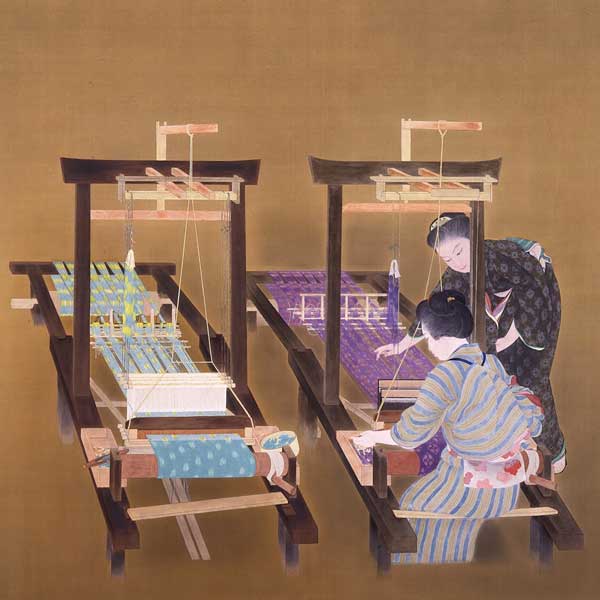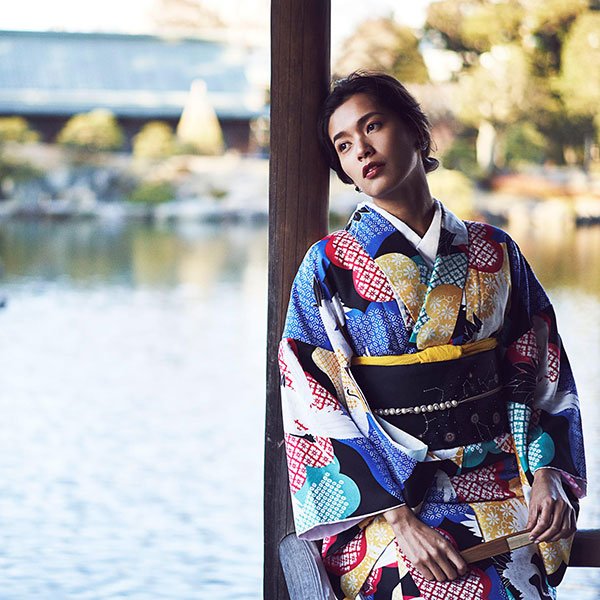Ofuna Kannon: Kamakura’s Magnificent Monument to Peace
by Cezary Jan Strusiewicz | TRAVEL
© Naitokz / Creative Commons, Ofuna Kannon Statue
While traveling south by train from Tokyo to Kamakura, visitors to the old samurai capital of Japan are in for a real treat before you even reach your destination. If you look to your right while pulling into Ofuna station, you’ll see a gigantic robed woman in white, towering over the entire area from high above the tree line of Mount Mugaso. Unlike her threatening stature though, the woman’s expression is that of pure serenity and compassion, just as one would expect from the statue of Kannon, the Buddhist goddess of mercy.
Ofuna Kannon Statue in Cherry Blossoms
Part of the Ofuna Kannon Temple, the statue stands at 25 meters/82 feet tall and weighs nearly 2,000 tons. It depicts the East Asian bodhisattva (a being that foregoes their nirvana in order to stay on Earth and help people) known as Guanyin or Kannon. Specifically, the Byakue (White-robed) Kannon, one of 33 forms of the Buddhist deity, said to prevent natural disasters, cure the sick, and assist women in childbirth.
For a taste of some of the spectacular temples of Japan, check out these surprising destinations:
The name Kannon itself loosely translates to She who perceives the sounds of the world, which is fitting, seeing as today the Ofuna temple that houses the statue is primarily dedicated to the ideas of world peace.
© Wabisabi2015 / Creative Commons, Ofuna Kannon Statue
Although it was initially planned as a nationalistic celebration of imperial Japan, by the time the statue was completed in 1960, it started to be known as a symbol of harmony and disarmament. That status was cemented by the 1969 meeting of the Kanagawa atomic bomb victims on the temple grounds, and the 1970 erection of a war memorial honoring all those killed by the blasts in Hiroshima and Nagasaki.
If you're visiting Hiroshima, along the way why not stop off at the beautiful Himeji Castle:
Today, two stones from both sites serve as parts of the Kamakura temple’s peace monument, one from Sairenji Temple, located close to Hiroshima’s ground zero, and another donated by the Immaculate Conception Cathedral, which was completely destroyed by the Nagasaki bombing.
But they aren’t the only symbols of the destructive power of the atom found at the Ofuna Kannon Temple.
© Ik T / Creative Commons, Ofuna Atomic Bomb Cenotaph
Located right next to the temple’s war memorial, the mushroom cloud-shaped Tower of the Atomic Flame contains the actual fire first lit by the bomb that exploded over Hiroshima. One Tatsuo Yamamoto transported the fire from the wreckage of his uncle’s burning house to his Buddhist altar in Fukuoka, before it was eventually moved to Kamakura in 1968 where it’s been watched over by the merciful gaze of the goddess Kannon ever since.
© Kamakura City Mascot Non-Chan
Memorial services are held in front of the temple monuments every September, gathering Buddhist worshipers and priests from all over South East Asia, from Taiwan to Sri Lanka. Sadly, you’ll rarely find many Americans or Europeans among the thousands of people who visit the temple grounds each year. Despite Ofuna Kannon being part of Kamakura, itself a very popular tourist destination, the temple remains relatively unknown to many visitors to the area. And that’s after the city went to all the trouble of designing Non-chan, the temple’s official mascot.
Have you visited the Ofuna Kannon? Is there a peace monument near you? Let us know your thoughts in the comments below?















TRAVEL | April 26, 2024